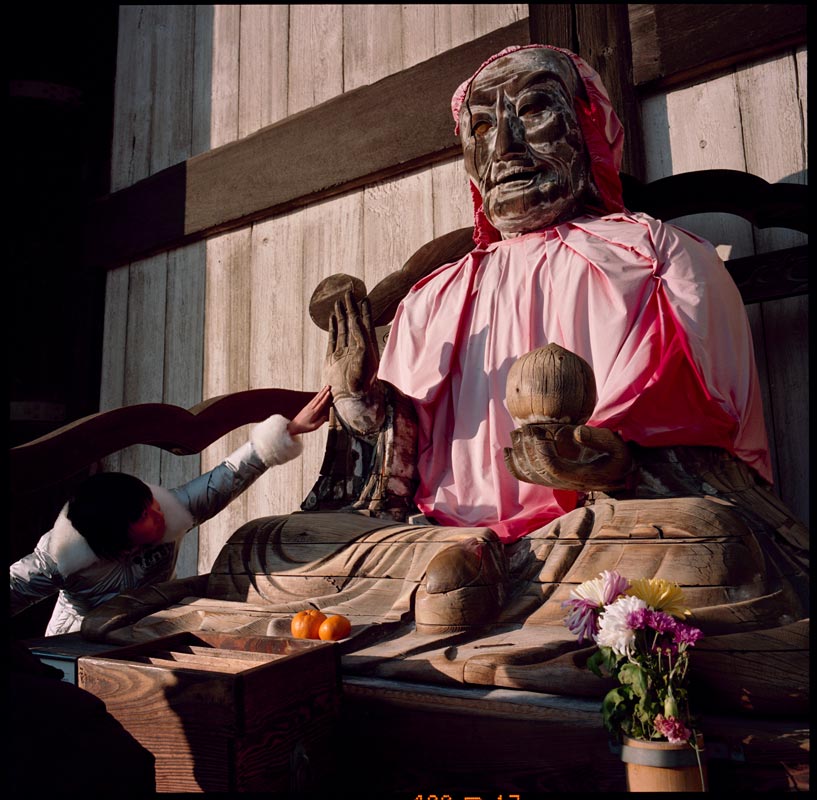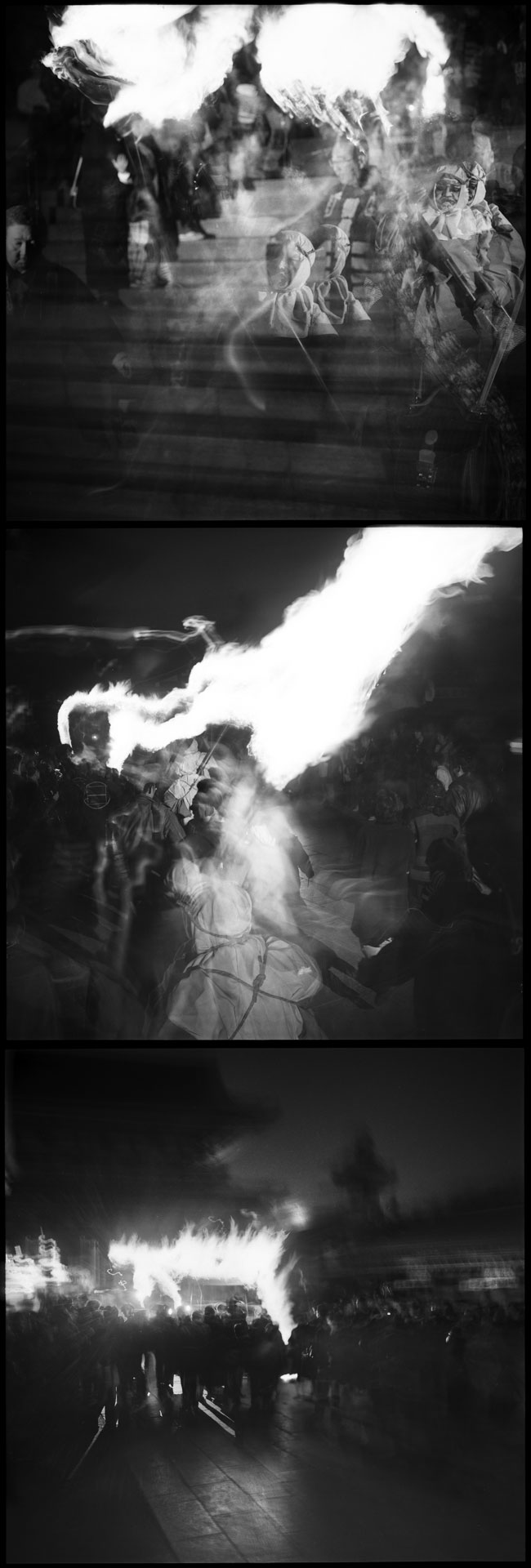 Sitting outside many temples in Japan is the well-worn figure of Binzuru. He is one of the most charming characters in Buddhism. His power to heal was matched by his love of drink.
Sitting outside many temples in Japan is the well-worn figure of Binzuru. He is one of the most charming characters in Buddhism. His power to heal was matched by his love of drink.
One day, the Buddha asked Binzuru to visit a wealthy man whose family was plagued by evil spirits with the simple instructions to exorcise the spirits and to leave without falling into temptation. Binzuru banished the demons in the house. The wealthy man, being grateful, wanted to celebrate. After repeated offers of drink, Binzuru capitulated to have one drink as not to be rude to his host. It was not long before he was drunk and the spirits returned.
The Buddha, hearing of this, banished Binzuru from his company. Binzuru, filled with regret, followed the Buddha around the country and sat outside the Buddha’s tent to hear his sermons. On his deathbed, the Buddha, knowing of his loyalty, called for Binzuru and forgave him. He commanded Binzuru to remain in the world as a healer. Binzuru sits outside the temple so people come to him to ease their suffering—it is thought if you rub the part of the statue that corresponds to the part of the body that is ailing, it will be cured.
This particular statue of Binzuru is outside Todai-ji in Nara. During New Years, mandarin oranges are left as offerings. Click on the image to see a larger view.










